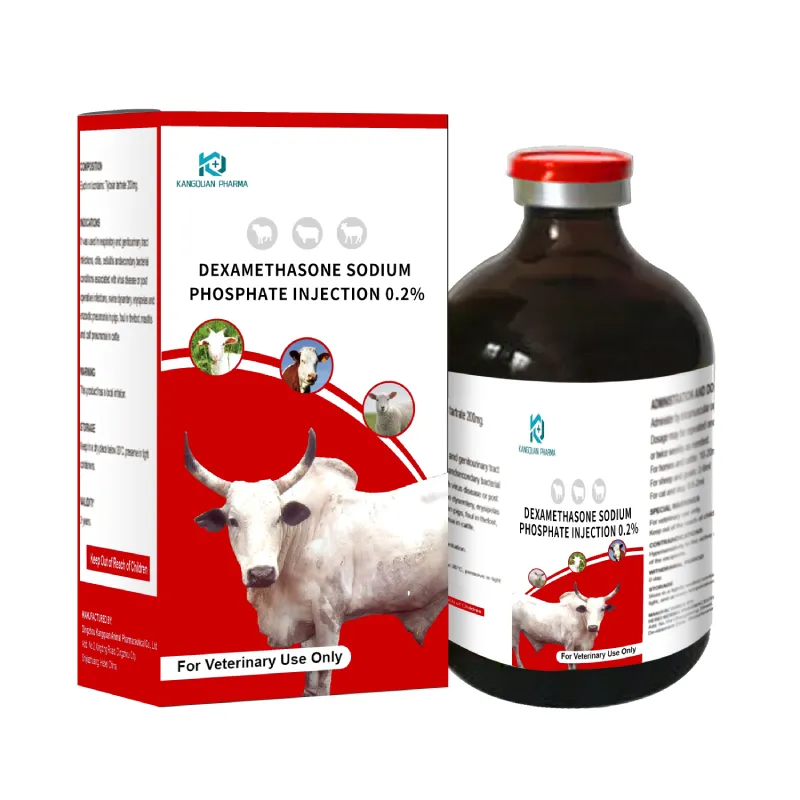- Afrikaans
- Albanian
- Amharic
- Arabic
- Armenian
- Azerbaijani
- Basque
- Belarusian
- Bengali
- Bosnian
- Bulgarian
- Catalan
- Cebuano
- Corsican
- Croatian
- Czech
- Danish
- Dutch
- English
- Esperanto
- Estonian
- Finnish
- French
- Frisian
- Galician
- Georgian
- German
- Greek
- Gujarati
- Haitian Creole
- hausa
- hawaiian
- Hebrew
- Hindi
- Miao
- Hungarian
- Icelandic
- igbo
- Indonesian
- irish
- Italian
- Japanese
- Javanese
- Kannada
- kazakh
- Khmer
- Rwandese
- Korean
- Kurdish
- Kyrgyz
- Lao
- Latin
- Latvian
- Lithuanian
- Luxembourgish
- Macedonian
- Malgashi
- Malay
- Malayalam
- Maltese
- Maori
- Marathi
- Mongolian
- Myanmar
- Nepali
- Norwegian
- Norwegian
- Occitan
- Pashto
- Persian
- Polish
- Portuguese
- Punjabi
- Romanian
- Russian
- Samoan
- Scottish Gaelic
- Serbian
- Sesotho
- Shona
- Sindhi
- Sinhala
- Slovak
- Slovenian
- Somali
- Spanish
- Sundanese
- Swahili
- Swedish
- Tagalog
- Tajik
- Tamil
- Tatar
- Telugu
- Thai
- Turkish
- Turkmen
- Ukrainian
- Urdu
- Uighur
- Uzbek
- Vietnamese
- Welsh
- Bantu
- Yiddish
- Yoruba
- Zulu
Kas . 28, 2024 02:58 Back to list
Exploring Cold Sterilization Techniques in Veterinary Medicine and Their Benefits for Animal Health
Cold Sterilization in Veterinary Medicine A Comprehensive Overview
Cold sterilization, a process that employs chemical agents at ambient temperatures to eliminate microorganisms, has gained significant attention in veterinary medicine. This technique is particularly crucial in veterinary practices where maintaining a sterile environment is essential for the health of animals and the efficiency of medical procedures.
What is Cold Sterilization?
Cold sterilization refers to the use of specific chemicals, such as glutaraldehyde, hydrogen peroxide, and peracetic acid, to achieve sterilization without the application of heat. Unlike traditional sterilization methods, which involve autoclaving and steaming, cold sterilization allows for the effective decontamination of heat-sensitive instruments and materials. This is particularly beneficial in the veterinary field where various types of equipment, including endoscopes, surgical tools, and other delicate instruments, require thorough sterilization without the risk of damage that heat could cause.
The Importance of Sterilization in Veterinary Practices
In veterinary medicine, the potential for infections and complications is high, particularly in surgical settings. The presence of pathogens can lead to postoperative infections, prolonged recovery times, and increased healthcare costs. Therefore, effective sterilization procedures are paramount to ensuring the safety and well-being of animal patients.
Cold sterilization is frequently used in situations where heat is contraindicated. For instance, certain types of surgical instruments, diagnostic equipment, and delicate materials may be adversely affected by high temperatures, making cold sterilization an ideal choice. This ensures that veterinary professionals can maintain a sterile environment while also preserving the integrity of their instruments.
Methods of Cold Sterilization
1. Glutaraldehyde This is one of the most commonly used cold sterilizing agents in veterinary clinics. It is effective against a broad range of pathogens, including bacteria, viruses, and fungi. Typically, instruments are immersed in a 2% glutaraldehyde solution for a minimum of 30 minutes to achieve high-level disinfection.
2. Hydrogen Peroxide Known for its disinfectant properties, hydrogen peroxide can also be utilized in cold sterilization. It works by producing reactive oxygen species that attack and destroy microbial cells. Hydrogen peroxide is safe for many equipment types and breaks down into water and oxygen, leaving no harmful residues.
3. Peracetic Acid Often used in combination with hydrogen peroxide, peracetic acid is known for its rapid action and efficacy against a wide range of microorganisms. Its ability to function effectively at low temperatures makes it a suitable choice for cold sterilization in veterinary situations.
cold sterilization veterinary

Benefits of Cold Sterilization
The use of cold sterilization offers several advantages in veterinary practices
- Preservation of Instruments Cold methods prevent damage to heat-sensitive equipment, extending the lifespan of costly veterinary instruments.
- Versatility Cold sterilization can be used effectively on a variety of materials, including plastics and certain fabrics that would otherwise be unsuitable for traditional sterilization methods.
- Ease of Use Cold sterilization requires less specialized equipment compared to autoclaves and other heat-based methods, making it more accessible for many veterinary practices.
Challenges and Considerations
Despite its advantages, cold sterilization does present some challenges. Proper handling and application of chemicals are critical to ensuring effective sterilization. Veterinary staff must be trained to correctly prepare, use, and dispose of sterilizing agents to minimize any health risks.
Moreover, cold sterilization agents often require specific contact times and conditions to be effective. Failure to adhere to these guidelines may result in insufficient sterilization, potentially compromising patient safety.
Conclusion
Cold sterilization plays a vital role in modern veterinary medicine, providing an effective solution for the sterilization of heat-sensitive instruments while ensuring the safety of animal patients. As veterinary practices continue to evolve and adopt new technologies, understanding and implementing cold sterilization techniques will be essential to maintaining high standards of care. By harnessing the power of chemical agents, veterinary professionals can protect their patients from infections and promote better health outcomes, all while preserving valuable equipment in their arsenal.
-
Guide to Oxytetracycline Injection
NewsMar.27,2025
-
Guide to Colistin Sulphate
NewsMar.27,2025
-
Gentamicin Sulfate: Uses, Price, And Key Information
NewsMar.27,2025
-
Enrofloxacin Injection: Uses, Price, And Supplier Information
NewsMar.27,2025
-
Dexamethasone Sodium Phosphate Injection: Uses, Price, And Key Information
NewsMar.27,2025
-
Albendazole Tablet: Uses, Dosage, Cost, And Key Information
NewsMar.27,2025













